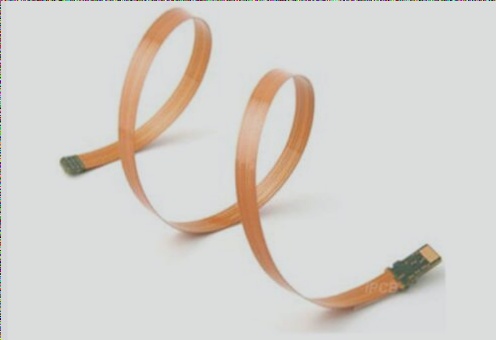The Evolution of Flexible Printed Circuit (FPC) Boards in Electronic Devices
As electronic devices continue to diversify and demand compact designs, Flexible Printed Circuit (FPC) boards play a crucial role in enabling high-density circuits with exceptional performance. Recent advancements in FPC technology have revolutionized circuit density and manufacturing processes.
Advancements in Circuit Density
- The subtractive method, known for its etching capabilities, can now create single-sided circuits with a conductor pitch of 30µm or less.
- Double-sided PCB circuits with a conductor pitch of 50µm or less are now a reality, showcasing the industry’s progress in high-density circuitry.
- Through-holes connecting double-sided or multilayer circuits have seen a reduction in diameter, with mass production now feasible for holes below 100µm in size.
High-Density Circuit Fabrication
Manufacturing technology has paved the way for high-density circuit fabrication, categorized into traditional FPC, high-density FPC, and ultra-high-density FPC.
- Traditional subtractive methods can produce flex PCBs with a pitch of 150um and a via hole diameter of 15um, with advancements enabling smaller pitches and mass production of 50um diameter holes.
- Challenges arise when pitches go below 25um and via hole diameters are less than 50um, prompting the need for new processes like the semi-additive method utilizing electroforming technology.
Reliability and Performance
With the evolution of FPC joining technologies, reliability has become a key factor in circuit densification. Meeting high-performance standards relies on advanced processing technologies and materials.


